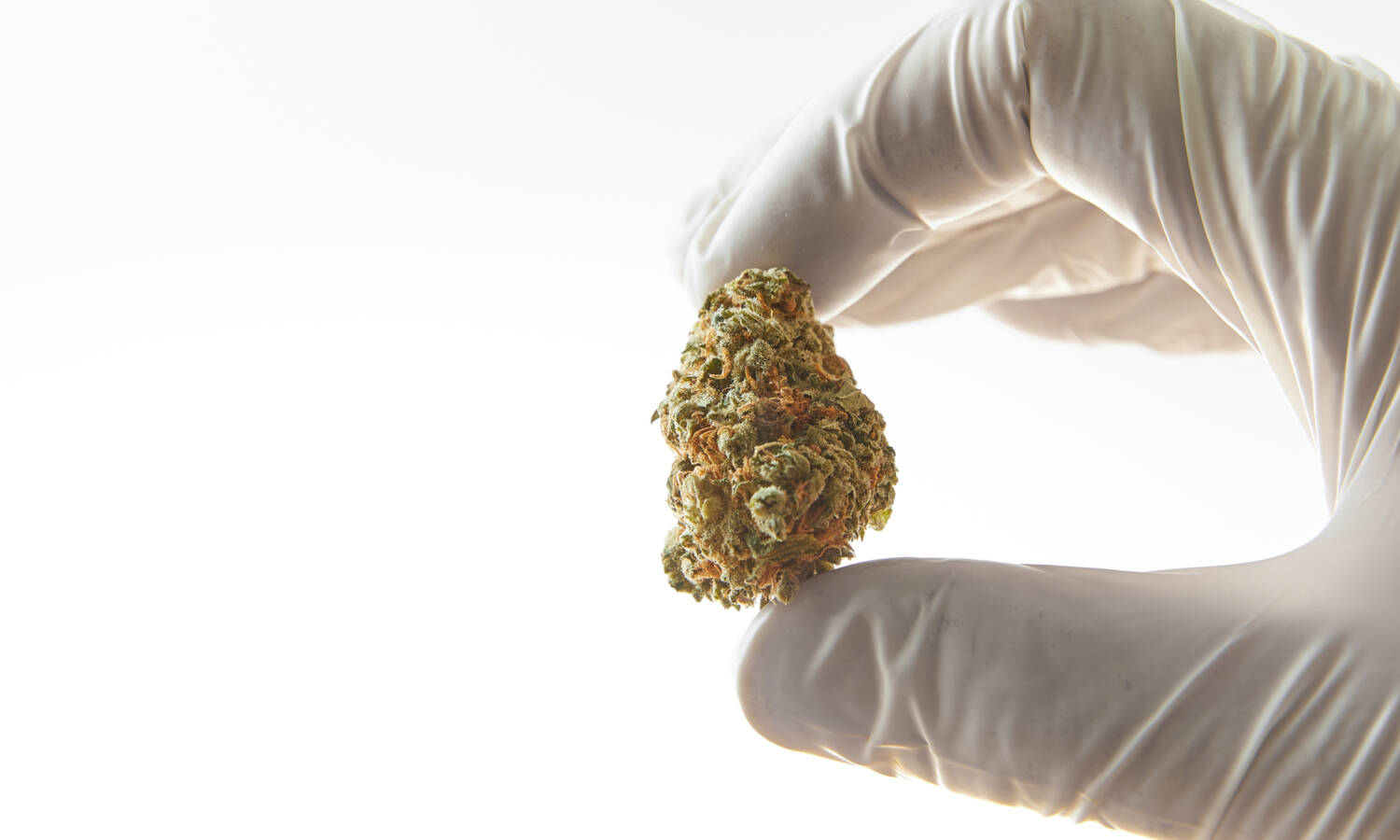A phenotype refers to the physical traits that are passed on from the parents to their offspring. These traits may include the appearance of the flowers in terms of color and bud structure.
If you have grown cannabis before you might have observed this confusing trend. You can plant your favorite strain in the first attempt and get all the desired features and effects that you were looking for. You give yourself a tap on the back, well deserved!
You do this again and it becomes a complete disaster in spite of replicating the growing formula. The plants may look and even taste a little bit different from the first batch. Your desired indica traits may be closer to sativa than indica. There is only one explanation to this: different phenotypes.
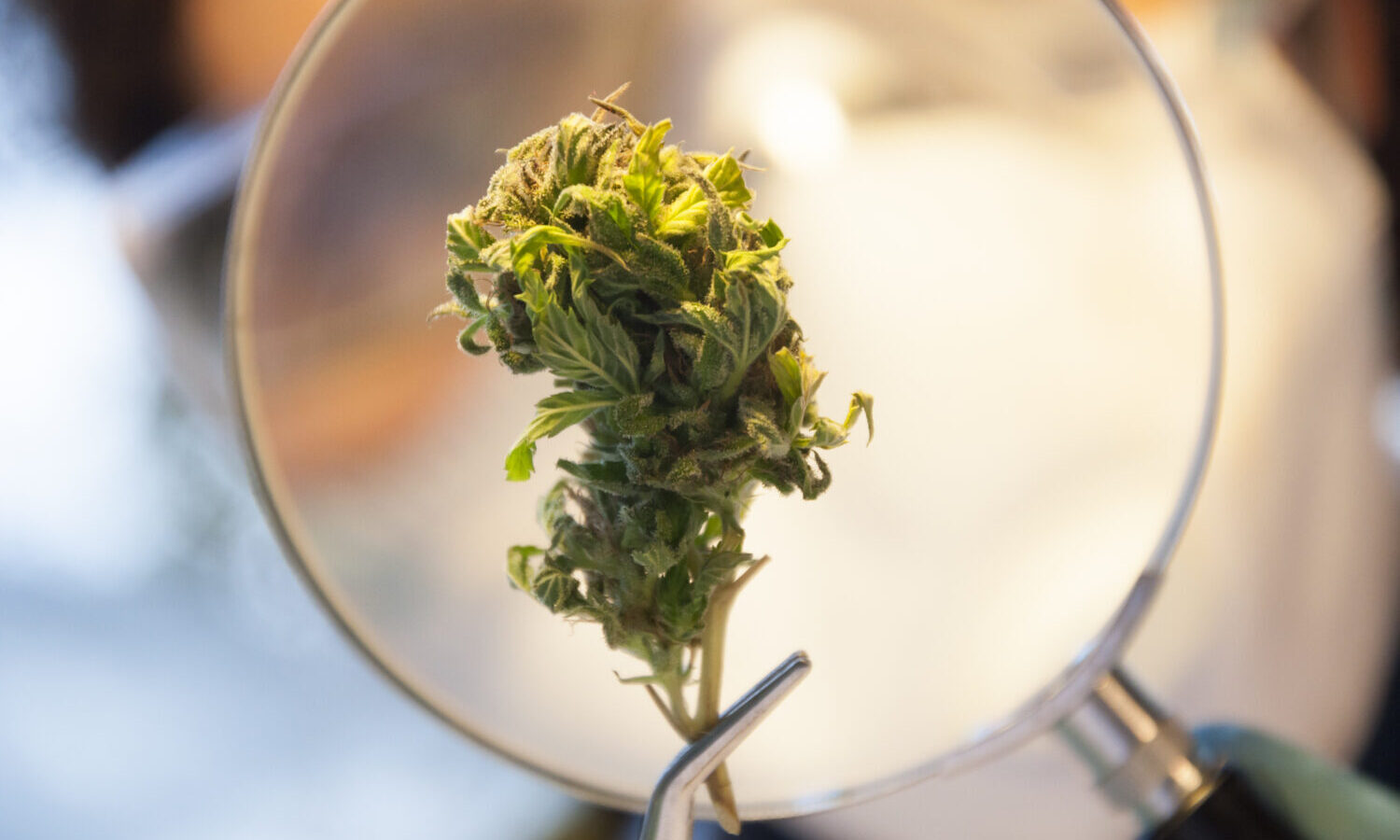
The Age of Cannabis Hybridization
Cannabis hybrids have now become a popular thing. When done properly this represents the best of both worlds (sativa and indica) brought together in one strain. This is also an opportunity to harness the best phenotypes and propagate them.
For a long time cannabis growers were mixed up when choosing cannabis seeds to propagate. While indicas are desirable for the short flowering time and resin coated features, sativas offer the best in terms of cerebral buzz which is loved by consumers.
These two varieties of cannabis are on opposing ends of the spectrum when you consider their phenotypic expression. With hybrids it is possible to get a balance between the two, which is why it is easy to find a sativa that exhibits indica-like phenotypes and vice versa.
What Are Cannabis Phenotypes?
Cannabis, as well as other plants, are influenced by two factors: genetics and environmental factors. The genotype mostly refers to the genomic composition of the plant. This hidden genetic make-up gives birth to the external features that we can observe in the plant. It forms the basis for the expression of physical characteristics which make up the phenotype. It is easy to mistake the two but they are different.
The external environment helps to draw out the genotype so that it is expressed in the phenotype. If environmental conditions are not consistent, plants with similar genetic make-up may express their phenotypes differently. These differences will be expressed in terms of color, bud shape and density, aroma, and resin production.
Hence cannabis phenotypes have evolved consistently over the years through natural and man-made efforts.
For some growers, having different phenotypes in their grow is desirable as this will provide a range of desirable features. For others, consistency is key. However, most commercial growers would favor consistency over variety and this is why cloning and phenotyping is important.
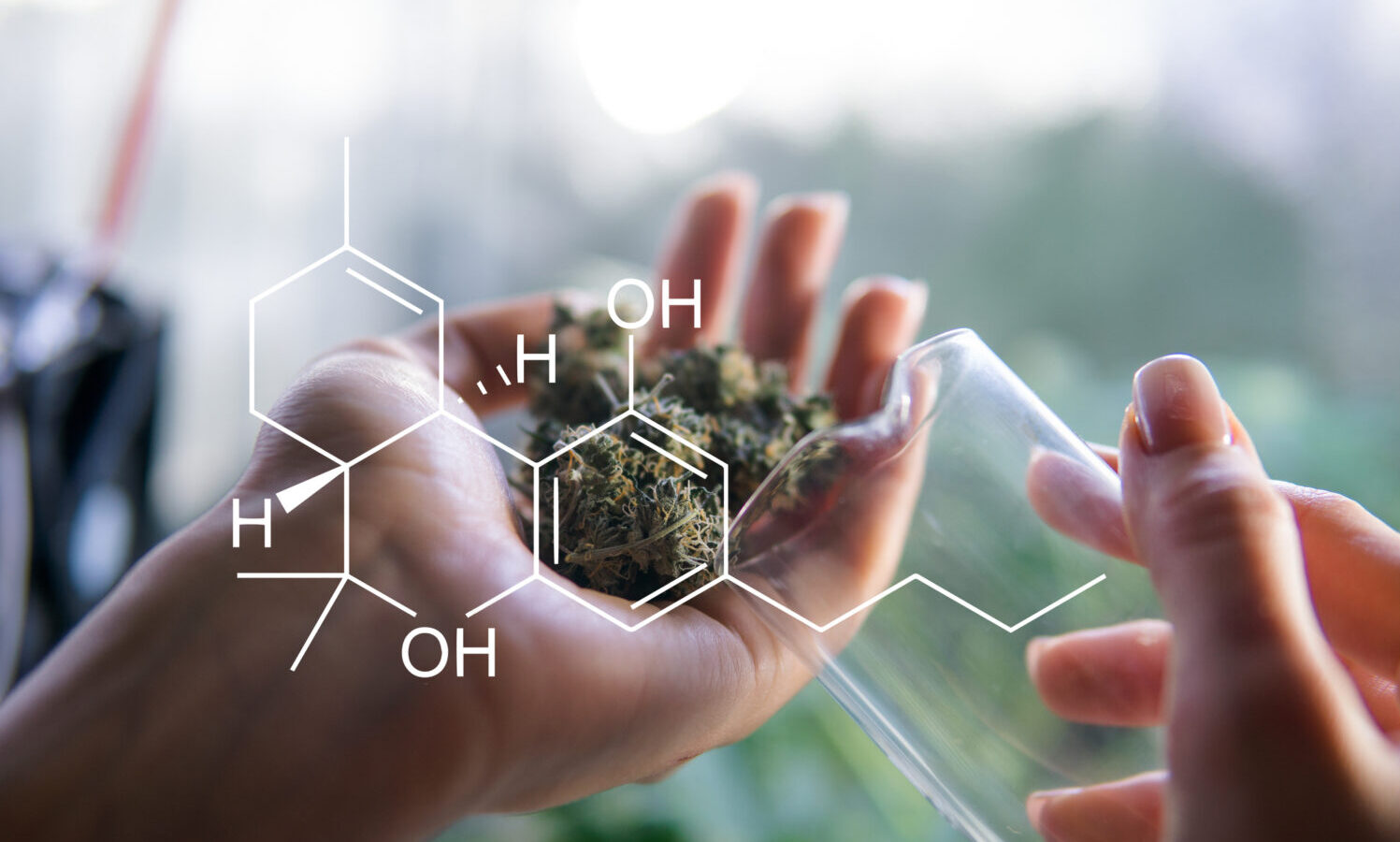
Environmental Factors That Affect Cannabis Phenotypes
Cannabis genotypes produce certain traits based on environmental conditions. For example, purple hues are only expressed when cooler temperatures are present during the flowering phase of growth. Environmental factors will also affect the aroma, resin production, yields, and overall quality of the cannabis. You could have a high yielding variety of cannabis, but with fluctuating environmental conditions the high yield will not be achieved. If you take the same cannabis clone and subject it to two different environmental conditions the resulting plants will have different physical traits aka phenotypes.
RELATED: Do You Know The Difference Between Cannabis Strains, Phenotypes, And Cultivars?
The same applies when you take identical clones and give them to two different cannabis growers, the plant that they come up with will have the same genotype but may express different phenotypes. Even slight differences in growing conditions will affect the plant growth and end result. Factors such as temperature, humidity, and lighting conditions play a role in determining the physical traits of a strain.
Development of Phenotypes in Cannabis Plants
Phenotyping in cannabis starts as early during the formation of the seed. Unfavorable growing conditions will negatively affect the parent plant and may trigger phenotypic development before the seed ripens. Once the seed germinates, environmental conditions will allow for the development of certain traits.
Therefore, the environment helps to foster the traits of your plants at any given time. In most cases the dominant traits from the parent mask the expression of recessive traits in the strain. However, environmental fluctuations may force these recessive traits to be expressed. This is what creates the difference between different cannabis phenotypes.
How to Select a Cannabis Phenotype
When you collect seeds from a reputable cannabis seed bank you are likely to have a collection of different phenotypes of the same strain. You will need to grow a number of seeds and observe their characteristics as they begin to flower. Pick the seeds that display the most desirable traits and discard the rest. The traits here could include the colors, aroma, growth characteristics, yields, cannabinoid content, and resistance to disease. You can use these seeds to propagate your desired phenotype of cannabis.
RELATED: Is All Weed Basically The Same? Here’s What Scientists Recently Found
The process of phenotyping usually takes several years especially when it’s being done on a commercial scale. It entails taking clones of the best seeds and labeling to avoid mixing. These seeds are then propagated to produce offspring with similar traits. This is usually done to facilitate the mass production of cannabis strains with the best characteristics.
The clones are grown to a height of about 6–12” a height which can be cloned. This may take 4-6 weeks. The cannabis clones need to be cultivated separately during the vegetative phase. After this initial phase the clones will need to be transported to the light cycle where they can begin to flower. You may observe some difference in how the clones behave in this stage. Some might flower sooner than the rest while the bud sizes and yields may also vary. In about 10 weeks the plants should be ready for the harvesting stage.
RELATED: 5 Things To Know About The Endocannabinoid System
At this point you will have observed all the characteristics of the plants and you will be able to select the best clones. Take note of the bud structure, density, appearance, yield, and trichome gland population. Mediocre clones should be done away with. The clones you select will be used for the next generation until the generation with the best phenotypic features is realized. This may take several rounds of cloning and is likely to be a costly affair.
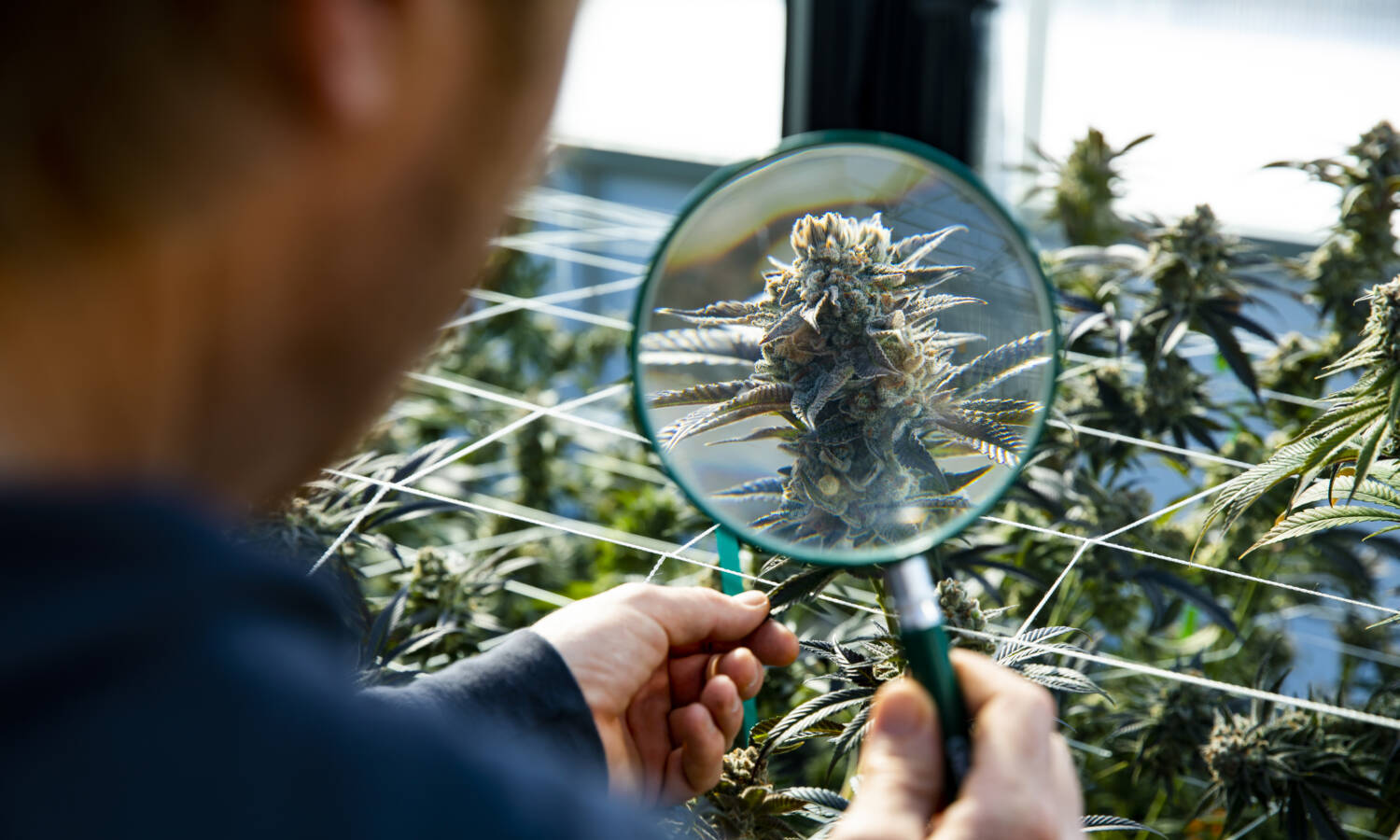
Cannabis Genotype Vs. Phenotype
The two terms are often used interchangeably but are not one and the same thing. A cannabis genotype refers to the unseen genetic characteristics that are passed on from parent to their offspring. A phenotype on the other hand refers to the physical traits that are passed on from the parents to their offspring. These traits may include the appearance of the flowers in terms of color and bud structure. It also includes the smell, flavor, and effects that are produced by the plant. The genotype influences the expression of some of the phenotypic features; this is where the two intertwine. However, some phenotype features are as a result of environmental influences.
Selecting the Best Cannabis Phenotype
If you are a commercial grower looking to replicate desirable traits your best chance is to find your dream phenotype and take cuttings from it. To do this you will need to know what exactly you are looking for, right?
Here are a few phenotypic characteristics that you should be looking out for.
Aroma
This is one of the important things that you should be on the lookout for. The aroma of cannabis is a result of the terpenes that are present in the strain. However, this will also be influenced by the growing conditions.
Before purchasing a strain of weed most consumers will first sniff into the jar. While some users prefer sweet smelling varieties of cannabis a good number prefer to enjoy the skunkiness of myrcene in the strain. This is simply a matter of preference that should be a concern to the grower.
When selecting a phenotype, carefully consider the unique aroma that you desire to propagate knowing full well that this also represents the terpene profile.
Taste
This is another important aspect of a cannabis phenotype. Regardless of how the weed is going to be consumed, how it tastes will always draw or repel consumers. The taste helps to bring out all the qualities of the strain. Diversity is important as well and you can settle for phenotypes that have an eclectic mix of flavors.
Effects
Cannabis strains can be classified as either indica or sativa and this represents the effects that they are associated with. That said, even plants of the same strain may produce different effects based on the phenotype. So apart from selecting your preferred cultivar it is also important to consider the unique cannabinoid profile and biochemical composition that is responsible for the effects that are produced by a strain of marijuana.
Ultimately, the effects of cannabis will vary based on one’s biological make up and how often they have used cannabis. However, the phenotype is always a good starting point. The aroma and taste of cannabis will also play a role on how one perceives the effects caused by a strain.
While some phenotypes will give you a strong head buzz and propel you to outer space, others will simply mellow you and force you to defer to the couch for the better part of the day (body stone). Consumers will choose strains based on what effects they are pursuing. Therefore, every grower needs to have this at the back of their minds when selecting phenotypes.
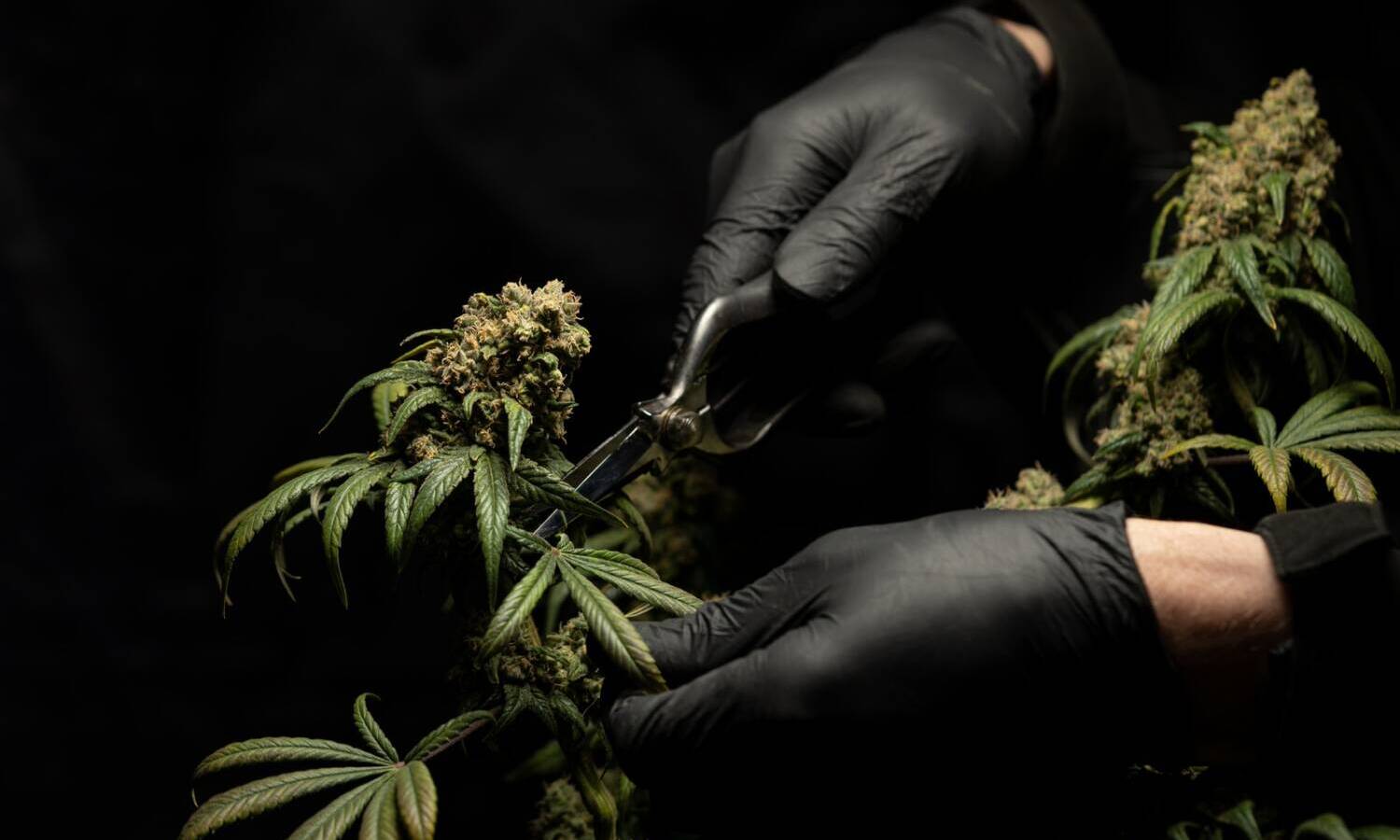
Bud Size
The organoleptic qualities of a phenotype are bound to draw your attention from the get go. However, bud size comes in handy when you are considering how to optimize space for your cannabis canopy whether it is an indoor or outdoor grow. This will be largely determined by the size of the buds.
Generally, indica strains will form large and dense nugs while sativas will be less chunky in comparison. However, this will also vary based on the plant phenotype.
If your growing space is large you will be able to pick any phenotype that you want. On the other hand, if you are limited in terms of space you are better off going for phenotypes with smaller bud sizes. This is especially the case in indoor vertical grows.
Expected Yield
What is the expected yield of the cannabis phenotype that you select? This is a question that should always be at the back of your mind when pheno hunting. Most commercial growers will prefer going for high yielding strains that will return a handsome profit. However, you should be able to consider all other qualities such as cannabinoid profile and know which one to prioritize over the other.
How Long Does It Take To Mature
This refers to the length of the flowering period. It determines how many growing seasons you can fit into a calendar year and consequently affects your total annual yield.
Commercial growers usually favor phenotypes that flower in a short span for obvious reasons. Indicas generally flower quite fast, within 8- 10 weeks. This increases profitability. It is an effective way to get the most out of a limited grow space.
Below we have tackled some of the commonly asked questions on cannabis phenotypes. You should be able to answer some from the information provided above.
What Is a Phenotype?
This refers to the inherent traits of strains that are passed on from the parents- both male and female. When a female and male are crossed the offspring that is produced will inherit phenotypes from both the parents. When speaking of cannabis, these traits include the hues, aroma, flavor, cannabinoid content, and growth characteristics among others. Yield is also included here and is a big consideration for commercial cannabis growers. The process of looking for the best traits in a cannabis strain is commonly referred to as pheno hunting.
Do Feminized Seeds Have Phenotypes?
This is a tricky one, but yes, cannabis feminized seeds have different phenotypes. Most breeders will work through thousands of cannabis seeds to select the best phenotypes to feminize. These seeds will have desirable traits for propagation.
Is Every Seed a Different Cannabis Phenotype?
Not this is not entirely true. A reputable cannabis seed bank spends a lot of time developing and stabilizing their seeds to make them as consistent as possible. This means that the seeds should be able to give rise to plants with very similar expressed characteristics.
This article originally appeared on MyCannabis.com and has been reposted with permission.

